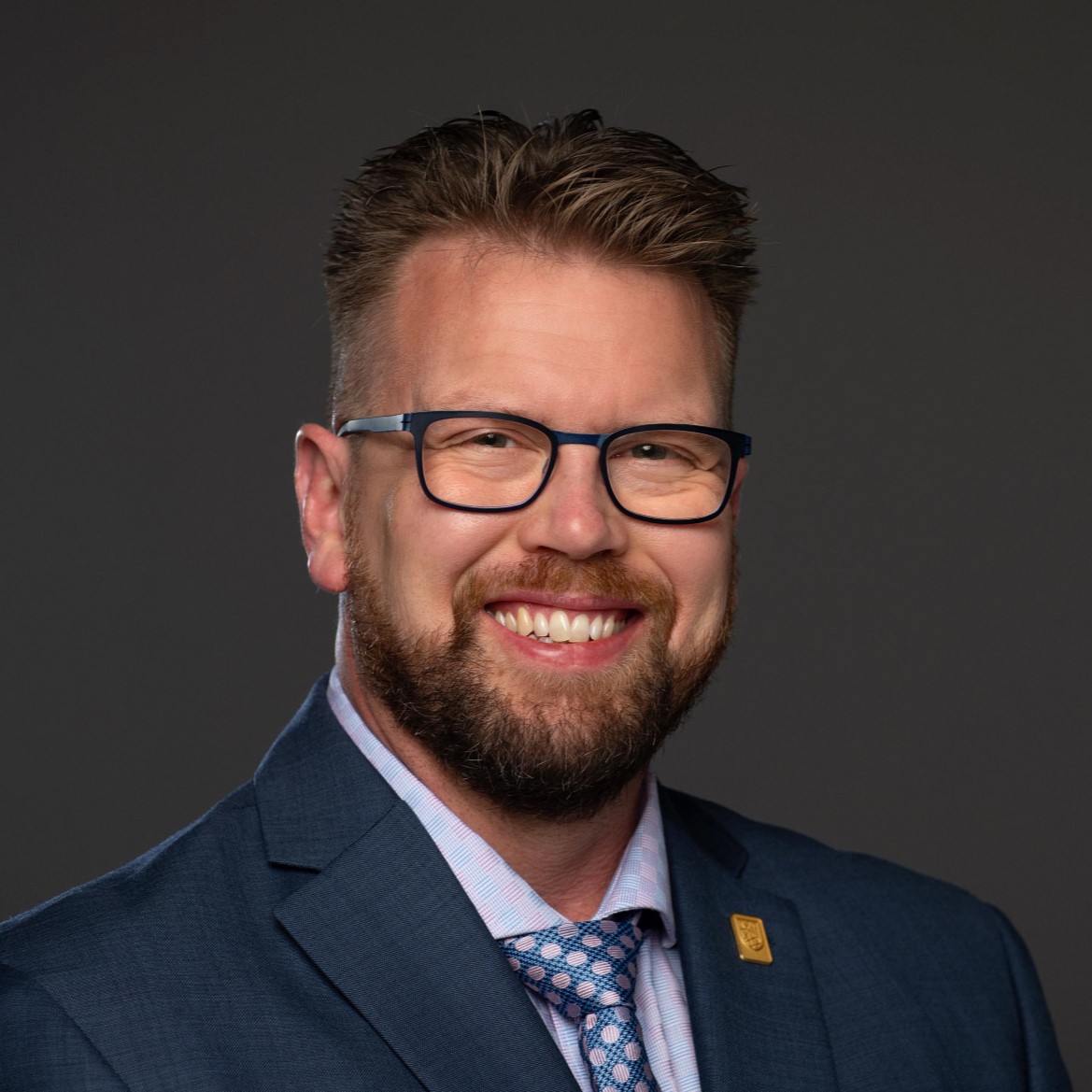Like countries around the world, Canada is confronting the increasingly urgent realities of climate change. Indigenous communities are known for having a strong affinity with the natural environment and are particularly engaged in finding sustainability solutions for the current climate crisis. Reflecting on the insightful conversations held last month at the 2024 Polytechnic Showcase, Polytechnics Canada connected with the Northern Alberta Institute of Technology (NAIT) to discuss their session NAIT Industry Solutions: Supporting Indigenous Communities and Their Sustainability Efforts.
Carol Wildcat, Consultation Director at Ermineskin Cree Nation and Olle Lagerquist, Associate Vice President of Industry Solutions at NAIT, recently shared how their partnership marries Western methodologies and the traditional knowledge of Indigenous communities to solve today’s pressing environmental challenges.
Polytechnics Canada: Can you provide some detail about the nature of the environmental challenges NAIT is addressing with its Indigenous partners?
Carol Wildcat: In partnership with NAIT, our community is working to deepen our understanding and capabilities when it comes to monitoring the health of water and soil. This effort is rooted in our commitment to protect the land and water that sustains us, spanning our reserves and ancestral lands. We aim to build our ability to discern and address the collective impacts of agriculture, industry and urban expansion on our environment. By gaining insights into these influences, we strive to enhance our way of life and uphold our responsibility as stewards of these sacred territories.
PC: How do western perspectives differ from those found in Indigenous traditional knowledge?
CW: From an Indigenous perspective, the essence of understanding and knowledge extends far beyond the physical and tangible; it involves a deep connection with the spirit and essence of all elements and beings. Unlike Western methodologies, which often dissect and analyze through a lens focused on singular, quantifiable outcomes, Indigenous knowledge systems recognize the complex web of interrelations that bind all things.
This holistic view appreciates that every element, being and medicine carries a spirit, contributing to a larger interconnectedness. Such perspective acknowledges the myriad ways in which life forms and elements interact, emphasizing harmony, balance and respect for the interconnectedness of all existence. Western approaches might miss these deeper connections, focusing instead on isolated components without acknowledging the vibrant, living systems in which they exist.
PC: What have you learned about navigating different perspectives and arriving at collaborative solutions?
CW: Navigating different perspectives and arriving at collaborative solutions has taught us the importance of finding a harmonious balance. It’s about embracing the challenge of mutual understanding, where we can use Western scientific methodologies to validate and appreciate traditional knowledge in a way that resonates with non-Indigenous people and agencies. This approach fosters an environment of collaboration and respect, bridging diverse viewpoints toward common goals.
PC: Tell me about a time when this research collaboration had a tangible impact, benefiting both the environment and members of the community.
CW: Our journey in gathering our own initial scientific data into the health of our waters and lands is just beginning, yet the wisdom we’re unearthing is already proving transformative. Our community monitors serve as pillars of knowledge and inspiration for our younger generations.
PC: How are the outcomes of these collaborations communicated and integrated within the Indigenous communities? Is there a way you’re working to ensure long-term impact?
Olle Lagerquist: One aspect of our environmental monitoring initiative involves instructing Nation Monitors in data analysis and how to communicate their findings to their communities through both presentations at engagement sessions and reports. Looking ahead, we aim to enhance our data management capabilities by incorporating data into a Geographic Information System platform, allowing for improved visualization and analysis. This approach ensures that the results of our collaborative efforts are effectively shared, integrated and retained for our Indigenous partners.

